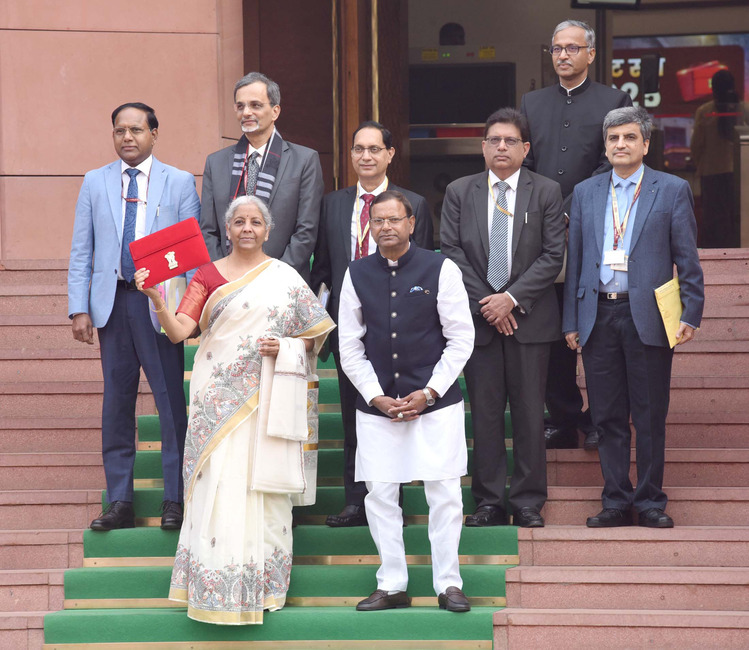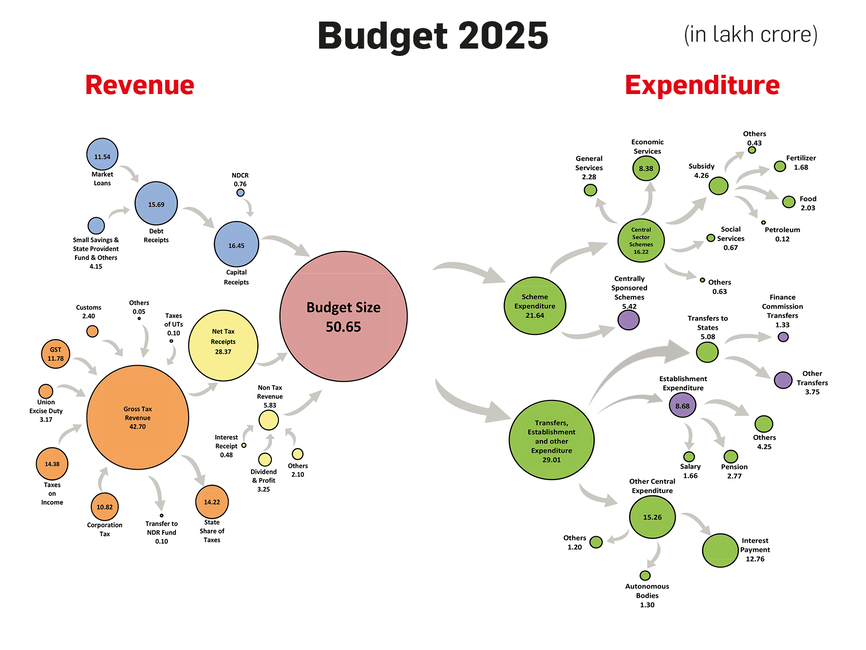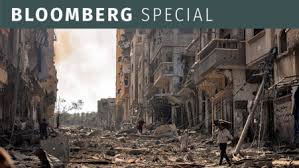
Nirmala Sitharaman’s eighth consecutive budget intends to put more money in the hands of the income tax-paying class to boost consumption that has slowed perceptibly over the past few years
Once upon a time, the Union Budget had a dominant influence on the lives of ordinary citizens. Because the Indian economy was saddled with a plethora of “socialist” regulations ranging from taxation to licensing, the Budget usually revealed how much influence was wielded by which lobby tasked by which industrial house or group of industries. Budgets could change customs duties, sales tax and excise tax in a manner that would transform fortunes. Income and corporation tax rates were so high that the evasion of taxes and generation of “black money” was an industry by itself.
Things started changing gradually after 1991 as India adopted liberal economic policies. The importance of the Budget was reduced further in the late 1990s when tax rates started becoming stable and predictable and further when the government committed to controlling fiscal deficits. The adoption of the Goods and Services Tax (GST) in 2017 whittled down the importance of the Budget even more.
Yet, the Budget remains an important instrument as it sends a signal to Indians and the world about the intent of the regime — on both economic and political issues. To that extent, the latest Budget presented by Union Finance Minister Nirmala Sitharaman has sent a powerful political and economic signal. The political message is even more significant than the economic one.
In one fell swoop, the Budget has attempted to mollify middle-class India. Thanks to the Budget, anyone earning up to Rs 12 lakh a year will now be completely exempt from income tax (under the new income tax regime). The exemption limit prior to this was Rs 7 lakh. In effect, you will not pay any income tax if you are earning Rs 1 lakh or less every month.
That covers virtually the entire gamut of the Indian middle class.
Tax rates have also gone down significantly for those earning more. Enough has been written in
detail about the tax proposals and need not be repeated here. But it is important to note this: tax rates and tax slabs have been “reformed” in such a manner that if you earn Rs 2 lakh a month or Rs 24 lakh a year, the income tax you pay will not be more than Rs 25,000 a month. That will be a massive relief not just to aspirational lower middle class families, but also the upper middle-class. Every middle-class family will now have more money to spend, save or invest thanks to the new income tax regime. Economists and pundits who are obsessed with big numbers are underestimating the psychological impact these tax breaks will have on middle-class Indians. For example, a person earning up to Rs 12 lakh a year can now save about Rs 7,500 per month on income tax. That’s a very big deal for a family which is already suffering because of high food inflation, uncertain income growth, rising school fees for children and other expenses. In fact, this category of middle-class Indians has turned outright pessimistic after the Covid pandemic because of these factors. They were simply not willing to spend on anything that was not necessary or essential. Since 2022, the media has been awash with stories of a sustained boom in car sales even as India’s GDP growth rate became the highest in the world among major economies. The year 2024 was another milestone when car sales exceeded 4 million units for the first time.
But car sales tell only part of the story and they do not reflect the “real” India. Real India is reflected in two wheeler sales. A huge majority of middle-class Indians cannot afford cars but relies on two-wheelers for mobility. For aspirational Indians who have escaped poverty in this generation, buying a two-wheeler is an act of faith in a better future. It is here that the Indian economy has badly faltered. For instance, two-wheeler ales in 2018-19 were at an all-time high of 22.5 million. In 2020-21, because of Covid and lockdowns, sales went down to about 17 million units. But the Indian economy recovered spectacularly the next year in 2021-22 when GDP growth rate was 8.7%. Yet, two wheeler sales crashed to 13.5 million units. Even in the current year, two-wheeler sales are projected at 20 million units. In effect, sales in 2025 are still lower than what they were seven years ago in 2018.

The latest Budget presented by Union Finance Minister Nirmala Sitharaman has sent a powerful political and economic signal. The political message is even more significant than the economic one

Sluggish sales of two-wheelers is a more accurate indicator of the economic slowdown
So, while sales of brands like Apple skyrocketed, sales of budget smartphones have declined, like two-wheelers. Middle-class Indians cut down on holidays and most other “discretionary” purchases
It is only when aspirational and middle-class Indians start buying more two wheelers that high growth rates of GDP can be sustained. One of the key reasons for the sudden fall in GDP growth rate in the current year is the reluctance of middle-class Indians to spend. Even for the next fiscal year, 2025-26, the GDP growth rate is not expected to be more than 6.5%. But this Budget has opened a door.
There is a very high chance that middle-class Indians will start buying two wheelers again in larger numbers. As a matter of fact, two-wheeler sales are symbolic. Middle-class Indians had stopped buying new models of budget smartphones. So, while sales of brands like Apple skyrocketed, sales of budget smartphones have declined, like two-wheelers. Middle-class Indians cut down on holidays and most other “discretionary” purchases. This Budget will play a significant role in transforming the pessimism of middle-class India into optimism. When consumer sentiments improve, the Indian economy always does well. It would do well to remember here that private consumption expenditure accounts for 60% of India’s GDP.
Beyond the economics, there is the political signal too. For decades, upper-caste middle-class Indians were the core supporters of the BJP, earning it the nickname “Brahmin-Baniya” party. Starting with the Ram temple movement in the 1980s, the BJP started attracting other backward castes (OBCs), some Dalits and even the Adivasis to its fold. As the Indian economy expanded rapidly after1991, a large section of OBCs transitioned to the middle and upper middle class.
Caste remains a factor in small towns and rural India, but this growing base of the middle-class vote became the bedrock of the BJP. It is this convergence of aspirational Indians cutting across caste lines that has delivered three successive mandates to Narendra Modi since 2014.
And economic distress was one big reason why the BJP faltered in the 2024 Lok Sabha elections.
With this budget, Narendra Modi and his team have tried to ensure that this cross-caste coalition of aspirational and middle class Indians remains in the BJP fold. If consumer sentiment does improve, as is expected, and the economy grows at a healthy pace, the BJP-led NDA could become even more difficult to defeat.





Add Comment